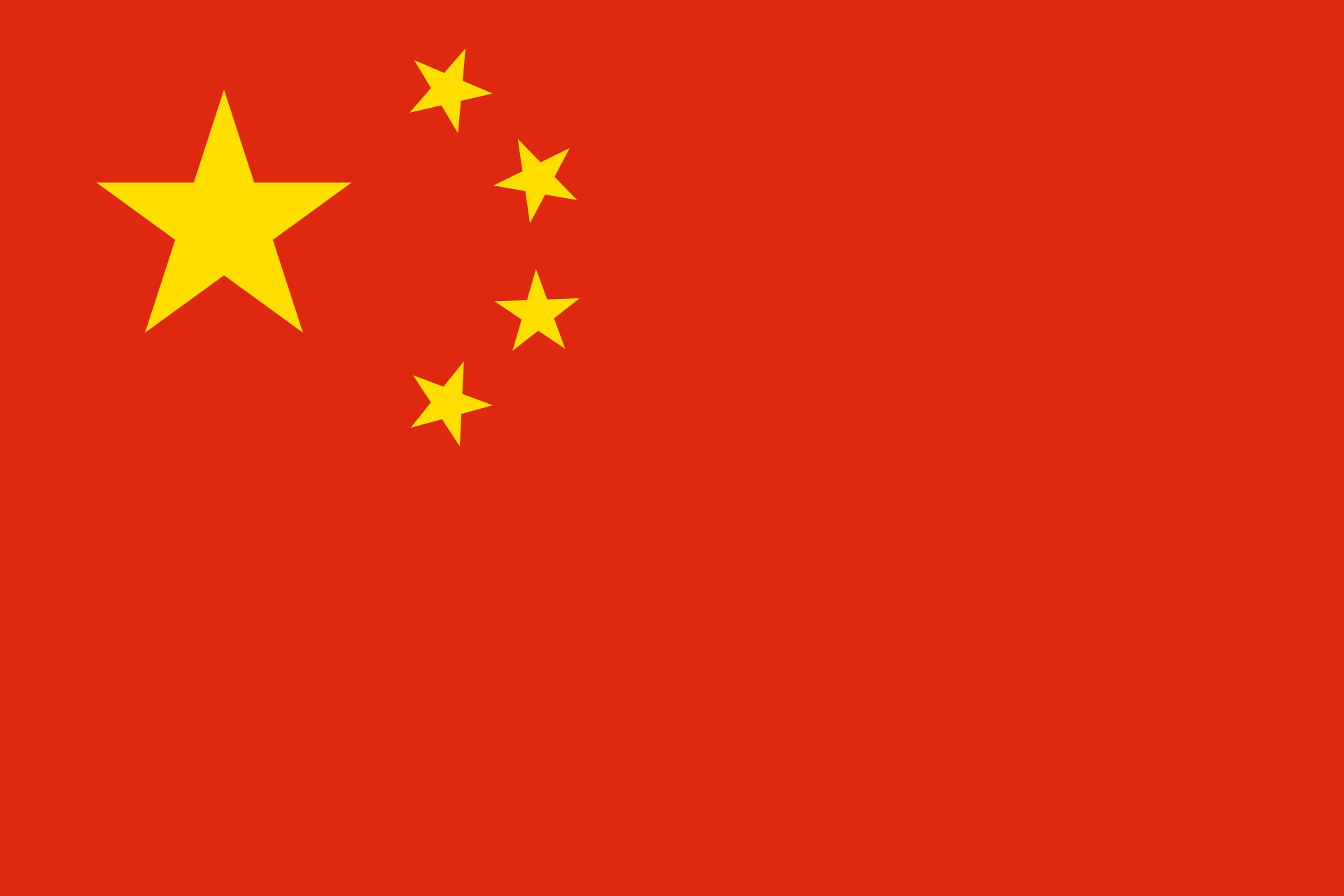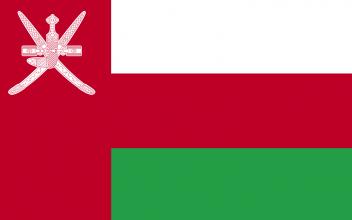During the Middle Ages Central Asia for a long time remained a terra incognita for Europeans. With the discovery of the sea route linking western, chiefly Mediterranean countries with Southern Asia, the Silk Road as the main trade route between East and West became increasingly untravelled. Arab navigators, whose ships were trading all over the Western part of the Indian Ocean, from the Indian coast to the eastern coast of Africa, made the most valuable contribution to opening up the sea routes to India and China.
In 1960 the participants in the International Congress of Orientalists in Moscow were offered an excursion to Leningrad. During the trip, two Sinologists (one of them from a western country, the other from the East) visited the Leningrad Branch of the Institute of the Peoples of Asia of the USSR Academy of Sciences (now the Institute of Oriental Manuscripts of the Russian Academy of Sciences) and discovered for themselves the collection of manuscripts from Dunhuang, of which nearly nothing had been previously known abroad.
Oldenburg’s Second Russian Turkestan Expedition was organized for the special purpose of studying the Buddhist monastery complex in Mogaoku, in the Caves of a Thousand Buddhas — south-east of the town of Dunhuang in the Chinese Province of Gansu.
The expedition was inspired by the outstanding Indologist Sergei Fyodorovich Oldenburg (1863–1934). A graduate of St. Petersburg University (1885), he began teaching at the Faculty of Oriental Languages of the same university in 1889, gaining the title of Professor in 1894. In 1900 he was elected Member of the Russian Academy of Sciences, held the posts of the Academy’s Permanent Secretary (1904–29) and of the Director of the Asiatic Museum, later the Institute of Oriental Studies (1916–34).
The Tangut Collection of the IOM RAS originated from the dead city called Khara-Khoto by the Mongols, Heishuicheng by the Chinese and Ejina by the Tanguts themselves. The ruins of Khara-Khoto are located at a distance of about 40 km from the aimag (district) Ejina of the Autonomous Province of Inner Mongolia in the People’s Republic of China.
A North-South trade route existed in Asia long before the East-West Silk Road appeared: many Chinese items such as mirrors and pieces of silk fabric were found in tombs in Southern Siberia. The Indus River also allowed the existence of a route from China –where the powerful Shule kingdom was located– to India and Pakistan. There are evidences that objects found in Thailand and Japan, such as coins and ornamental plates, were influenced by Chinese and Central Asian handicrafts as well.
The Great Silk Road is a system of caravan routes of ancient times and in the Middle Ages which connected Asia with the Mediterranean and European world. These routes highly influenced the development of trade interactions and cultural ties between the West and the East. The Silk Road served not only as route for exporting goods such as silk, spices, precious metals, minerals handicrafts, architecture and paintings but also transmitted cultural exchange including theatric performance, dance and music art.
The Arabic language spread all over the former Islamic State from the Atlantic Ocean to the banks of the Indus. The advent of Islam, therefore, marked a crucial stage in the history of the Arabic language. Contacts between the Arabic world and modern Europe in the 18th/19th century left major imprints on the Arabic language and converted classical Arabic into modern Arabic. Also Arabic grammar and lexicography went through different stages of development in the last centuries.




